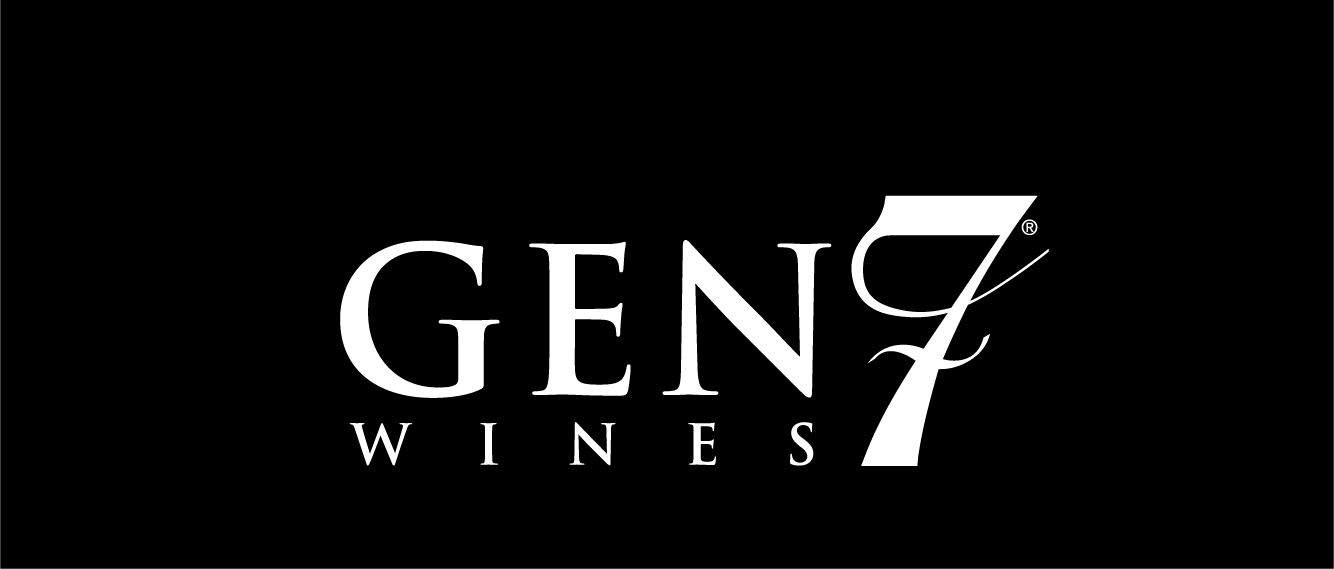Tasting Techniques: Mastering the Art of Wine Appreciation
Tasting wine transcends a mere sip; it's an art form that captivates all your senses. Whether you're a seasoned connoisseur or a budding enthusiast, grasping the step-by-step techniques of wine tasting can elevate your appreciation for this complex and nuanced beverage. At GEN7, we're here to offer tips that will enhance your wine tasting experience
Assessing Appearance
Begin your tasting journey by observing the wine's appearance. Pour a small amount into a clear glass and hold it against a white background. Take note of the color, clarity, and viscosity. The hue can provide insights into the wine's age and grape variety, while clarity and viscosity offer clues about its winemaking process.
Swirling
Give your glass a gentle swirl to release the wine's aromas. This seemingly simple act is crucial in aerating the wine and allowing its bouquet to unfold. Watch how the wine coats the sides of the glass, known as "legs" or "tears," which can indicate alcohol content and viscosity.
Sniffing
Bring the glass to your nose and inhale deeply. The aromas that greet you can be a symphony of scents, ranging from fruity and floral to spicy and earthy. Take your time to identify the primary aromas, and then delve deeper to catch subtler notes. The aroma is a precursor to the tasting experience, offering a preview of the flavors that await.
Tasting - The Three Sips
First Sip: Introduction
Take a small sip and let it coat your palate. This initial taste introduces you to the wine's primary flavors. Note the sweetness, acidity, and any immediate impressions.
Second Sip: Exploration
Take a slightly larger sip and allow the wine to roll across your entire tongue. Explore the mid-palate flavors and nuances. Pay attention to the balance between sweetness, acidity, and tannins (for red wines).
Third Sip: Finish
The final sip reveals the wine's finish or aftertaste. Is it lingering and pleasant, or does it fade quickly? The finish provides insight into the wine's overall quality and complexity.
Note Taking
Record your observations. Jot down the colors, aromas, and flavors you've identified. This practice helps develop your palate and provides a reference for future tastings. Over time, you'll become adept at articulating your unique experience with each wine.
Food Pairing Considerations
Consider how the wine interacts with different foods. Experiment with pairing to discover how flavors complement or contrast, enhancing the overall dining experience.
Mastering the art of wine tasting is a journey, not a destination. With each glass, you refine your palate and develop a deeper appreciation for the diversity and intricacies that make wine a timeless and captivating beverage. Cheers to the joy of savoring each sip in this delightful voyage through the world of wines!
